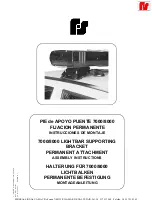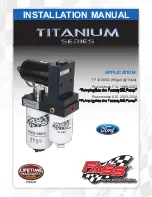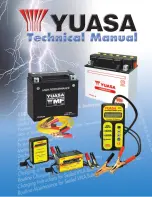
264
SAFETY
The rear-facing child restraint is restrained by the vehicle’s
seat belts, as shown in fig. A. The child seat restrains the
child with its own harness.
Group 1
Fig. B
Children who weigh between 9 kg and 18 kg may be
carried in a Group 1, forward facing seat like the one in
fig. B. This type of child restraint is for older children who
are too big for a Group 0 or 0+ child restraint.
Group 2
Fig. C
Children who weigh between 15 kg and 25 kg and who are
too big for the Group 1 child restraint may use a Group 2
child restraint system.
As shown in fig. C, the Group 2 child restraint system
positions the child correctly with respect to the seat belt so
that the shoulder belt crosses the child’s chest and not the
neck, and the lap belt is snug on the pelvis and not the
abdomen.
WARNING!
It is always recommended to install rear- and
forward-facing child restraint systems on a rear
outboard seat. Never install a forward-facing child
restraint in the front seat. Only use a forward-facing
child restraint in the rear seat.
If a rear-facing child restraint system must be
installed on the front passenger seat, the
PASSENGER AIRBAG OFF indicator light MUST be
illuminated.
A deploying passenger front air bag can cause death
or serious injury to a child in a rear-facing child
restraint.
23_W7_OM_EN_IN_t.book Page 264
Summary of Contents for GRAND CHEROKEE 2023
Page 272: ...SAFETY 271 WARNING 23_W7_OM_EN_IN_t book Page 271...
Page 393: ......
















































